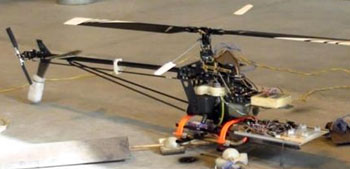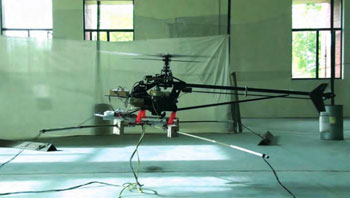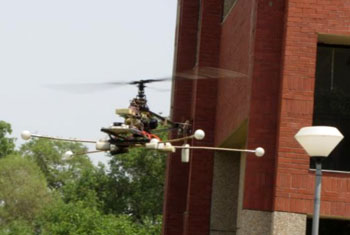INDIAN ARMED FORCES CHIEFS ON OUR RELENTLESS AND FOCUSED PUBLISHING EFFORTS

The insightful articles, inspiring narrations and analytical perspectives presented by the Editorial Team, establish an alluring connect with the reader. My compliments and best wishes to SP Guide Publications.

"Over the past 60 years, the growth of SP Guide Publications has mirrored the rising stature of Indian Navy. Its well-researched and informative magazines on Defence and Aerospace sector have served to shape an educated opinion of our military personnel, policy makers and the public alike. I wish SP's Publication team continued success, fair winds and following seas in all future endeavour!"

Since, its inception in 1964, SP Guide Publications has consistently demonstrated commitment to high-quality journalism in the aerospace and defence sectors, earning a well-deserved reputation as Asia's largest media house in this domain. I wish SP Guide Publications continued success in its pursuit of excellence.
- Indian Air Force Aims for Full Indigenous Inventory by 2047 — Air Chief Marshal A.P. Singh
- General Upendra Dwivedi takes over as the Chief of the Army Staff
- Rajnath Singh assumes charge as Defence Minister for the second consecutive term
- Admiral Dinesh K. Tripathi assumes Command of the Indian Navy as 26th Chief of the Naval Staff
- Prime Minister witnesses 'Bharat Shakti' – a Tri-Services Firing and Manoeuvre Exercise in Pokhran, Rajasthan
IIT's Unmanned Mini-Copter Matures



The latest in a series of promising efforts at IIT Kanpur is a laboratory that will design and develop an autonomous mini-helicopter, funded by the Department of Science & Technology. Says Professor C. Venkatesan, who heads the project, "The major focus of this research activity is to design and integrate the sensors (inertial measurement unit consisting of accelerometers and gyroscopes, magnetic sensor, SONAR and GPS) and communication systems (W-LAN and on-board computer) in a model helicopter, and provide the autonomous control and navigation capability. During the progress of this research and development effort, several testing systems have been designed and developed while facing several challenges at every stage of development." The research being conducted at IIT Kanpur on the mini-rotorcraft could very well feed into ongoing efforts within the DRDO and private sector to meet a large requirement in the Indian armed forces, paramilitary and police services for unmanned rotorcraft of every kind.
"Unmanned aerial vehicles (UAVs) have played a very important role in the recent years and have transformed the way wars are waged and intelligence is gathered. Given a mission to accomplish, these vehicles would be able to plan a path, avoid obstacles, and reach their destination. The role of human beings in the vehicle would be taken over by sensors, control algorithms and computation units to perform desired tasks," says Professor Venkatesan, adding, "It was decided that a mini-helicopter model would be procured and a ground station, on-board electronics, wireless communication and control algorithm for autonomous flight would be developed around it."
The development and refinement process is currently still on. Greater synergies with NAL, DRDO and private industry may fructify to take the project to the next level. The project has also caught the attention of certain foreign vendors who are looking to get a foothold in Indian development programmes by infusing technologies.
"The challenges faced so far in trying to attain autonomous hover have taught valuable lessons which help in further improvement of control algorithm for untethered hover, auto take-off/landing and forward flight tests. Fully autonomous hover of mini-helicopter is achievable with the right combination of sensors, computation units and wireless systems. Comparing the hover flight by pilot and autonomous hover flight, it is noted that that the autonomous hover of mini-helicopter is very stable. However, many more challenges lie ahead and need to be overcome for attaining the lofty goal of fully-autonomous flight under various conditions," he notes.





